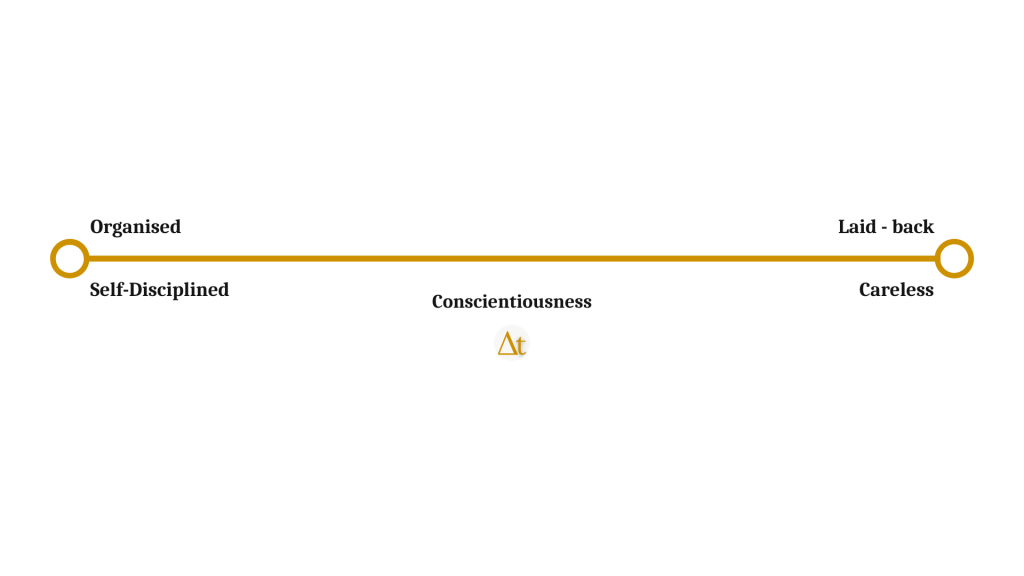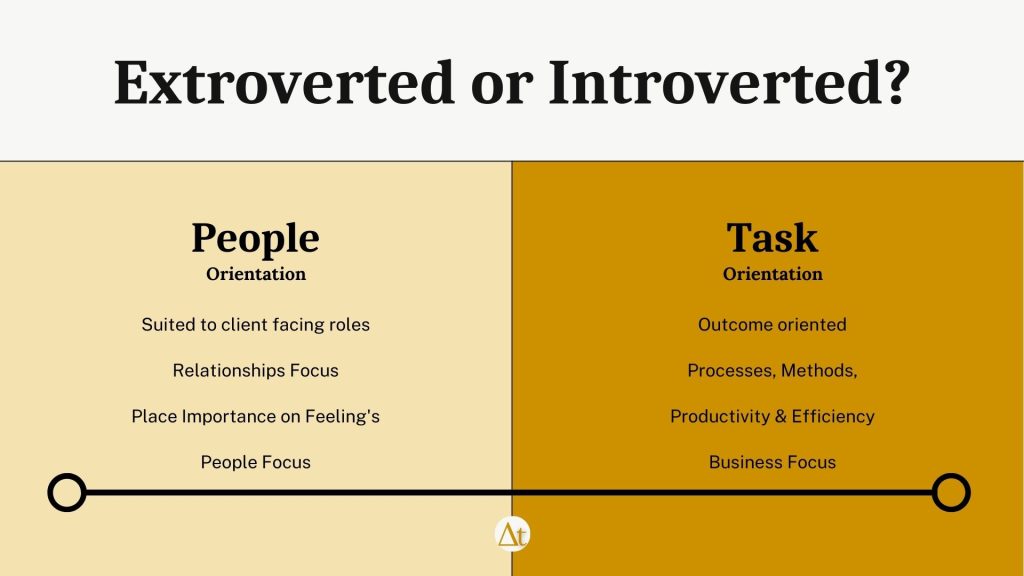Intro
Do you know whether you are introverted or extroverted?
Answer: you’re neither.
The idea of us being one or the other/type ‘A’ or type ‘B’ is not conducive to our make-up as human beings. Our personalities result from complex neural processes created through our lived experiences, with some genetic influences thrown in for good measure. We learn through these experiences, which influence how we behave in future similar interactions, and how we behave is nuanced and will be implicated by a myriad of factors relative to each scenario we encounter, even if we’re more inclined to act in an introverted or extroverted manner.
What happens in the brain:
When we experience something in our lives – whether a significant, emotionally charged energy-altering event or something seemingly insignificant – this learning influences the strengthening of different synaptic connections, which form complex interactions of other brain areas through a process called ‘neuroplasticity’. Neuroplasticity is our brain’s response to experience; our brains are most plastic earlier in life (commonly referred to as our ‘formative’ years), which is why experiences in these formative years can strongly influence who we grow to be. As we learn and develop through life, these synaptic connections either strengthen through repetition or weaken and even die from a lack of use.
As we age, plasticity declines; however, despite our brain’s highly plastic and malleable nature in our early lives, this does not mean that change is not possible the older we are. However, it will take a more concerted effort to change our ‘innate tendencies’. Think about our synaptic connections; the older we get, the more time we may likely have been repeating what comes naturally to us and, in turn, continuously strengthening these connections the stronger they are, as refraining from habit to let the synaptic connections that drive that habit will require more concerted effort and be paramount to change while forming new habits through new synaptic connections will also require more intention and effort in comparison to when our younger brains were quicker adapt. Our thoughts, emotions and behaviours result from these internal processes influenced by; ‘message carriers’, ‘hormones’, and neurotransmitters developed over our life experience. We can behave differently in different environments and around different people.
Personality
As a result, our personalities are not singular or categorical but comprised of this multitude of complex connections we’ve built up over time. The connections formed, of course, have specific ‘tendencies’ or ‘preferences’. Considering ‘introverted’ or ‘extroverted’ favouring, if you’re invited to a party and a coin is flipped on whether you will go, you’ll generally know which side you’d rather it land on. The people in attendance and the location of the party may also come into play; some people know when they hear about a party that they’d rather go despite having minimal details, others weigh up the details before deciding whether they’d like to attend and some, would rather not even be invited in the first place!
In personality research, traits are quantified with continuums, and we will all be placed somewhere on each continuum – this allows for the complexities of our personalities. If we imagine the continuum for the personality trait ‘Conscientiousness’, on one end, you will have free-spirited behaviour with a relaxed attitude to work or responsibilities; on the other end of this continuum, you will have routine, loving, innately driven behaviour with a keen preference for immaculate detail. We will have an operational preference and fall somewhere along this continuum.

The trait ‘Conscientiousness’ in personality belongs to the five-factor model, and the traits have been continuously researched to establish them as stable innate traits that indicate a person’s personality. In the case of ‘introversion’/’extroversion’, these descriptive adjectives take components of these traits, indicating a person’s orientation of focus towards more ‘people’ or ‘analytical’ operating styles. An easily digestible example is a person who scores highly on a continuum for the Five Factor Model Trait of ‘Extraversion’ will, understandably, be comfortable in social situations and thrive off the energy they receive from group settings. At the same time, someone who falls on the lower end of the continuum of ‘Agreeableness’ can also be regarded as friendly and approachable but with a passive nature.
But what about someone who scores high on the ‘Conscientiousness’ continuum, highly on the ‘Openness’ continuum, and lower on the ‘Extraversion’ and ‘Agreeable’ continuums? This person will have a strong work ethic and produce a high standard of work with a drive for innovation and be open to new ideas and collaboration. However, you might only know about it if you intentionally observe their work. They may not be inclined to notice that they are working to a higher standard than others and won’t naturally draw anyone’s attention to their work. However, their work could be an asset to your department or organisation.
The aspects of each of the five-factor traits which indicate information about a person’s tendency towards being more introverted or extroverted can be compiled to create a continuum which runs from ‘people-oriented’ (associating to extraversion) to ‘process or analytically oriented’ (associating to introversion).

At Work:
It is no secret that understanding aspects of ourselves makes for an easier life overall. Learning about ourselves can satisfy curiosity or serve the purpose of creating a foundation for development.
Labels can be applied too flippantly when discussing others in the workplace; terms like ‘introvert’ are frequently used to describe people who can effectively work alone and produce a high standard of work, and typically speaking, assumptions about others are usually used by people who may not operate in the same manner themselves. When encountering someone with much to say about others, it is best to remind ourselves that this tells us much more about the ‘descriptors’ confidence in their assumptions than anything about the (individual) discussed.
As we’ve established, the way we behave and aspects of our personalities will be dictated by a combination of factors. Someone who may be described as ‘extroverted’ gaining a confident title at work may not feel as comfortable in unfamiliar territory or even around people they’ve known for years, depending on the structure of those relationships.
In people strategy, valid measures must be considered when supporting employees to operate to their best capacity. Not just for the employee’s experience but to maintain a sustainable overall structure maintained by retention that ensures organisational achievements.
It is often the case that high-performing members of technically focused teams are naturally progressed or promoted into management positions. Remembering our ‘People’ – ‘Task’ continuum. You may have just promoted someone based on their proven capabilities, which lie on one end of this continuum, into an opposing role…..
AS

